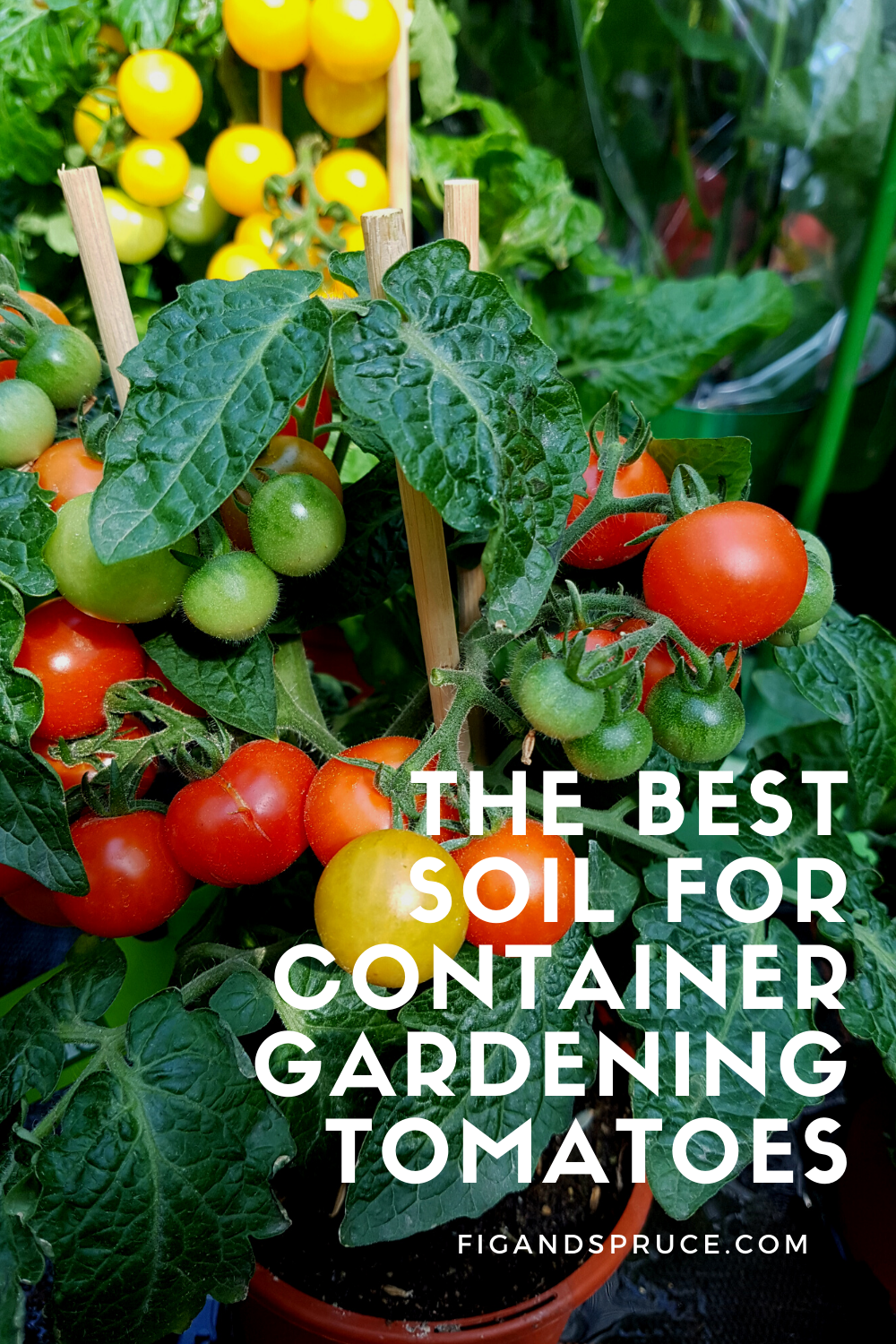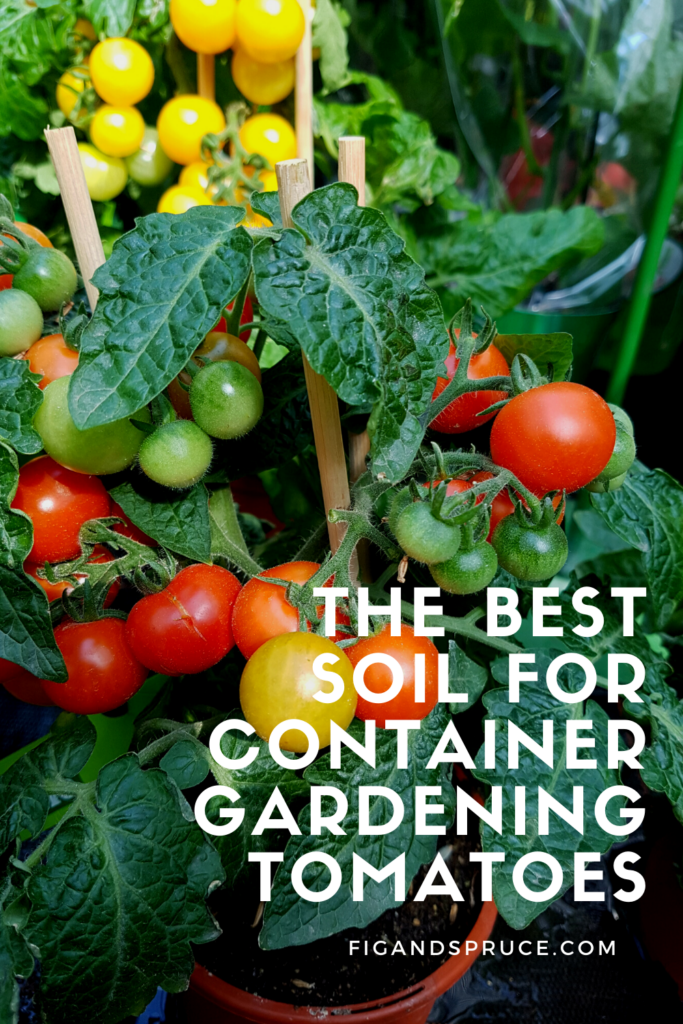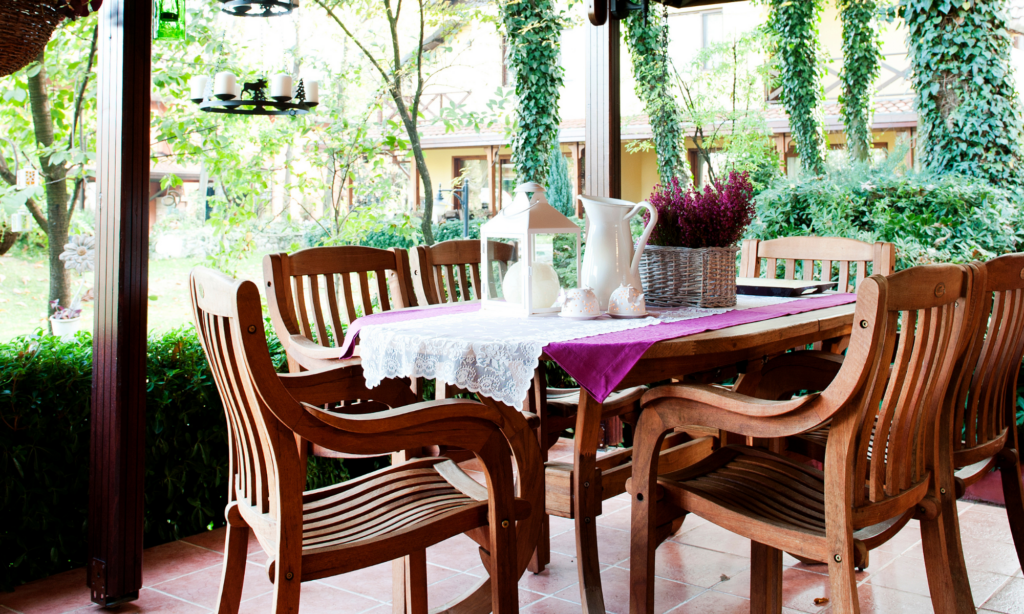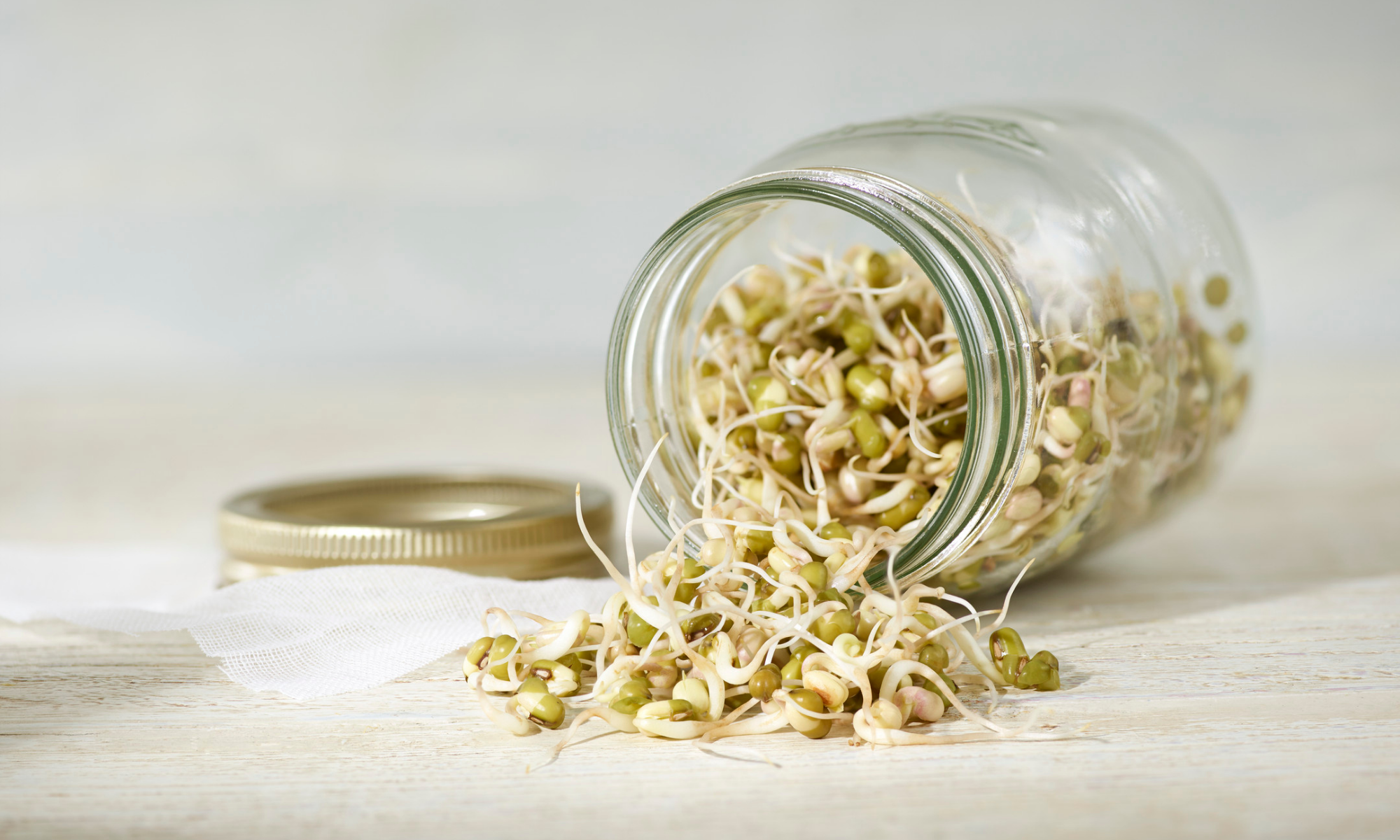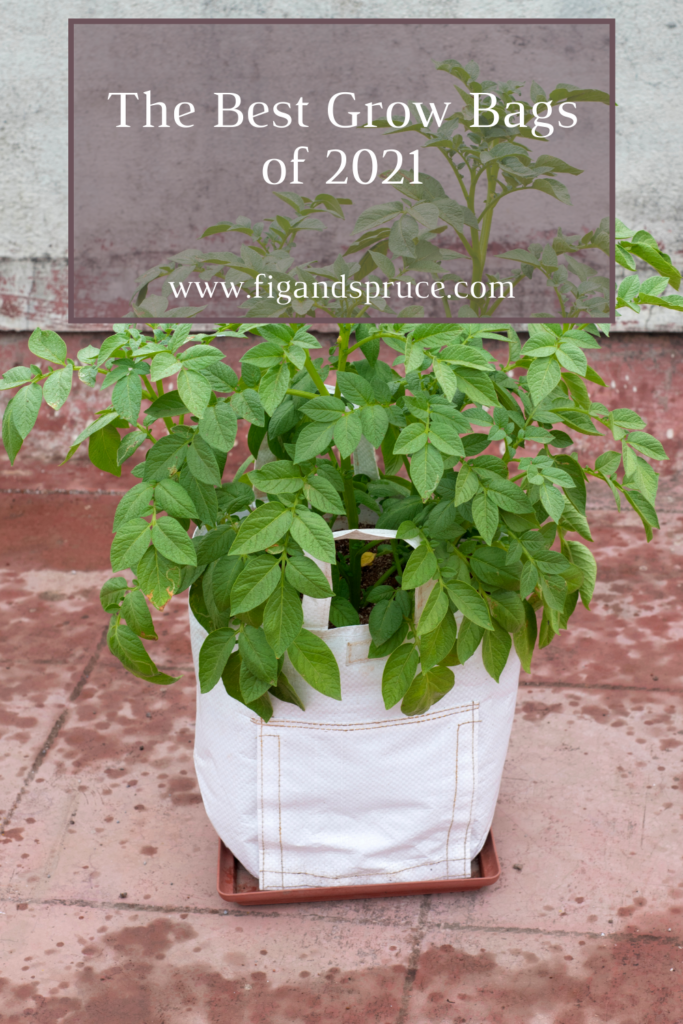How Does a Hydroponic System Work?
Hydroponic growing and hydroponic systems have been gaining in popularity lately in the gardening industry, and its easy to see why! A hydroponic system allows you to grow plants indoors, regardless of environmental factors like weather. This makes it appealing for both larger scale farming…


